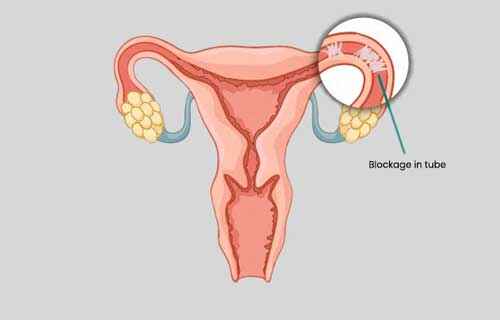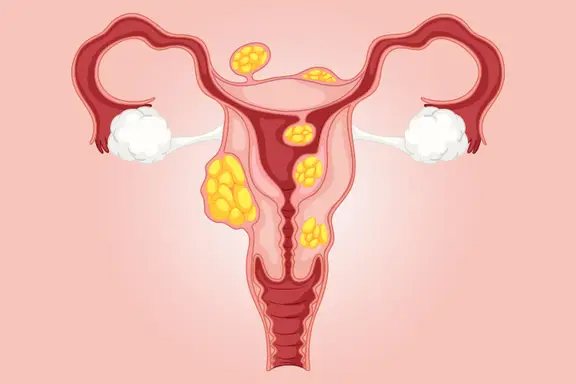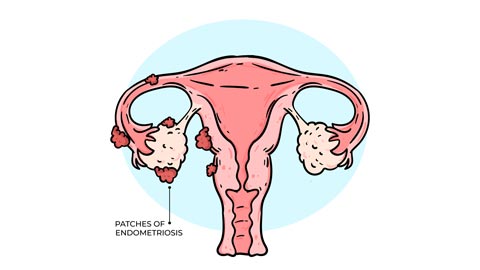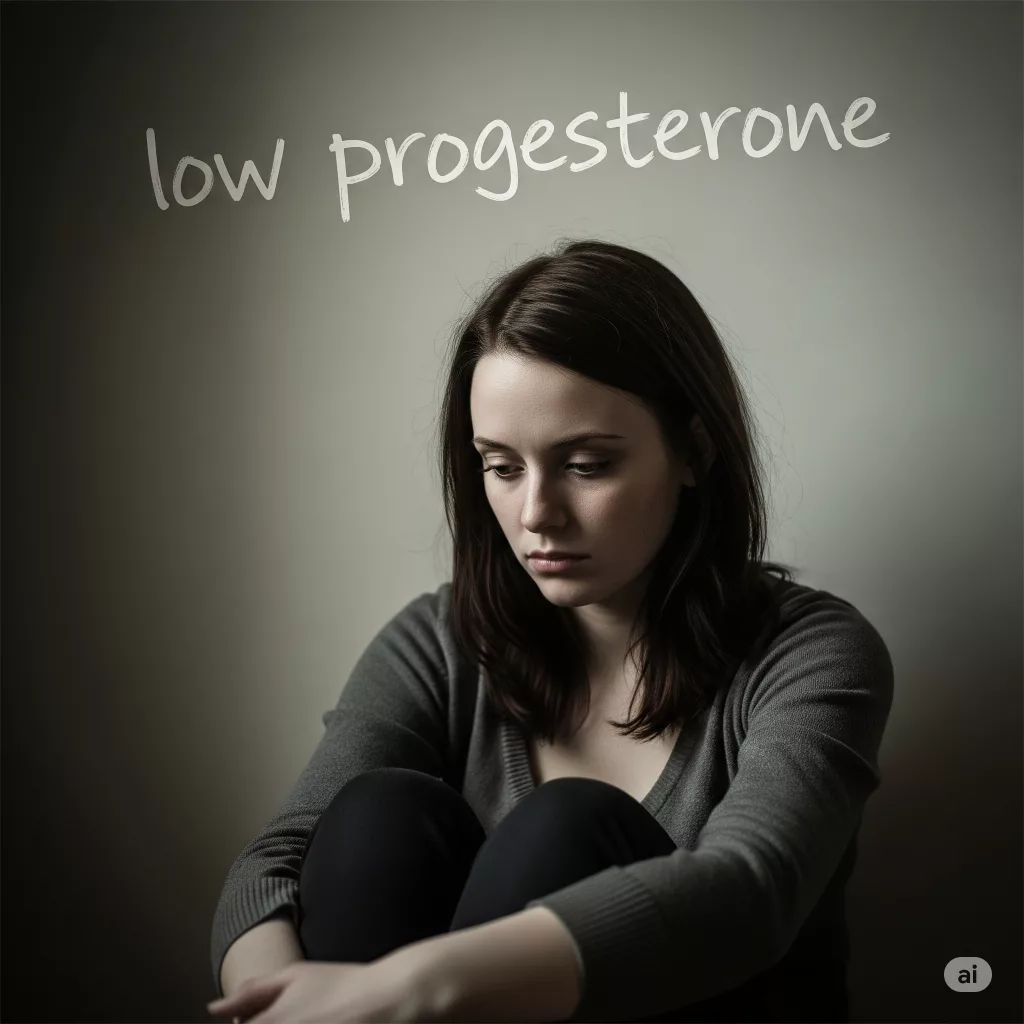
One Yog4Lyf user asked us –
“I have low progesterone. Can your yoga course help with implantation and pregnancy?”
This is a powerful and honest question. Many women trying to conceive face hormonal challenges like low progesterone, and they often wonder whether natural practices such as yoga can make a real difference.
The answer is: yes, yoga can be a valuable support system. While it is not a replacement for medical treatment, yoga works holistically to create a healthy internal environment that supports hormonal balance, stress reduction, and fertility.
Let’s understand how :-
What is Progesterone and Why is it Important?
Progesterone is a vital hormone that plays a central role in conception and pregnancy. After ovulation, it helps prepare the uterine lining for implantation of a fertilized egg. It also supports early pregnancy by stabilizing the uterus and preventing contractions that could lead to miscarriage.
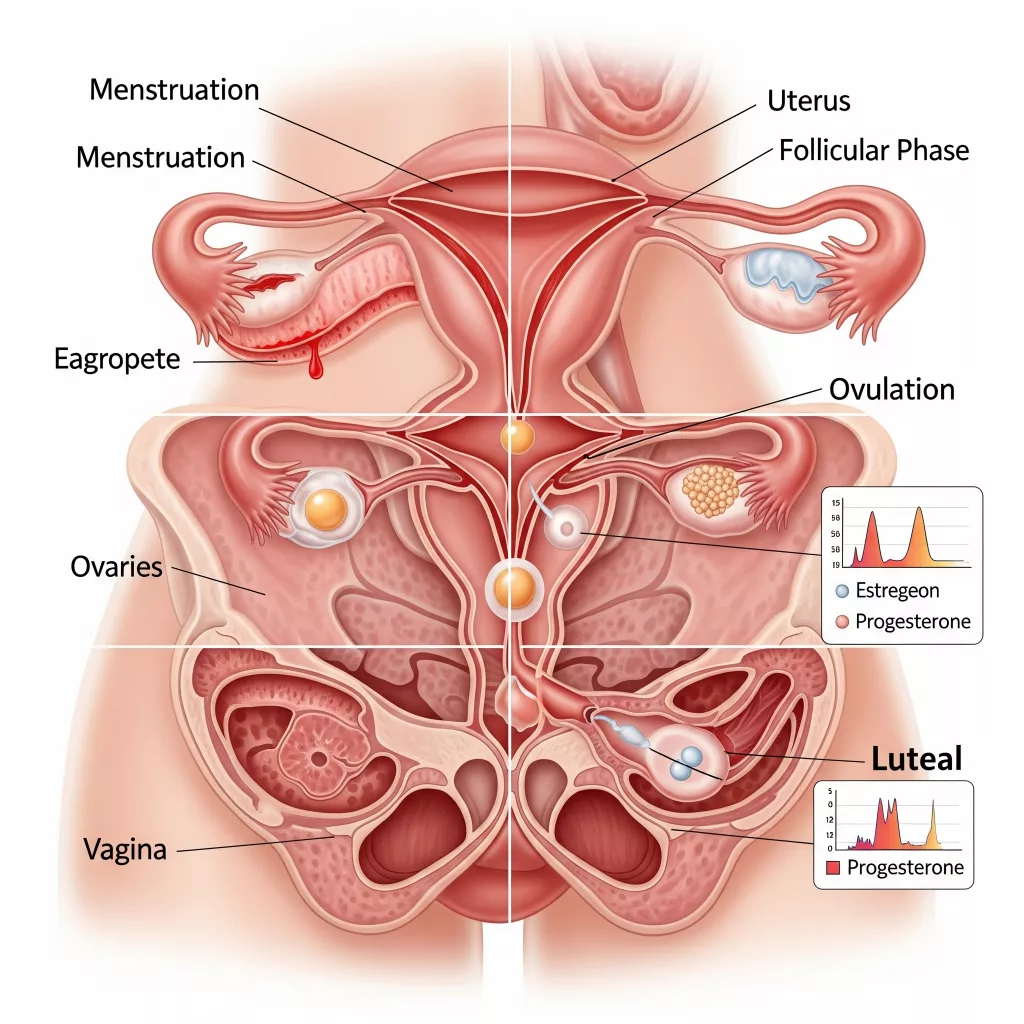
Low levels of progesterone can result in:
- Difficulty conceiving
- Irregular or short menstrual cycles
- Spotting before the period
- Early miscarriage
For a successful implantation and pregnancy, maintaining sufficient levels of progesterone is essential.
How Yoga Supports Progesterone Levels and Fertility
1. Reduces Stress and Lowers Cortisol
High levels of stress can lead to elevated cortisol, which in turn suppresses reproductive hormones like progesterone. When the body is under constant stress, it prioritizes survival over reproduction.
Yoga helps activate the parasympathetic nervous system, encouraging deep relaxation and restoring hormonal balance. Scientific studies have shown that women who engage in regular yoga practices experience a significant reduction in cortisol and anxiety levels, both of which support better reproductive health.
2. Improves Blood Flow to the Reproductive Organs
Healthy circulation is key to delivering oxygen and nutrients to the uterus and ovaries. Improved blood flow helps nourish the uterine lining, supports ovulation, and enhances the chances of successful implantation.
Yoga poses that gently open the hips and relax the pelvis can enhance blood supply to these areas, supporting overall reproductive wellness.
At Yog4Lyf We have created Fertility Course to help you heal Naturally

3. Supports the Endocrine System
Hormonal balance depends on the proper functioning of glands such as the thyroid, pituitary, and ovaries. The pituitary gland controls ovulation, and the thyroid affects menstrual cycles and hormone regulation.
Certain yoga poses stimulate these glands, helping the endocrine system function more efficiently. Over time, this may support regular ovulation and better progesterone production.
4. Improves Emotional Well-being and Body Awareness
Struggles with fertility can be emotionally overwhelming. Yoga helps calm the mind, build resilience, and reconnect you with your body in a gentle and compassionate way. When you feel more in tune with your physical and emotional self, your nervous system and hormones begin to respond in more balanced ways.
Four Yoga Poses That Support Progesterone and Fertility
1. Supta Baddha Konasana (Reclining Butterfly Pose)
This restorative pose gently opens the hips and pelvis, encourages relaxation, and stimulates blood flow to the ovaries and uterus. It is often used in fertility yoga to support reproductive function and emotional grounding.
To practice: Lie on your back with the soles of your feet touching and knees falling open. Support your knees with pillows and stay for several minutes with deep, steady breathing.
2. Viparita Karani (Legs-Up-the-Wall Pose)
This gentle inversion encourages blood flow to the lower abdomen and calms the nervous system. It also helps reduce anxiety and supports sleep, both important for hormonal balance.
To practice: Lie on your back with your legs extended up a wall. Stay in this pose for 5 to 10 minutes, focusing on calm breathing.
3. Setu Bandhasana (Bridge Pose)
Bridge pose opens the front body, strengthens the lower back, and stimulates the thyroid and pituitary glands. These endocrine glands play a key role in regulating progesterone levels and overall reproductive health.
To practice: Lie on your back with knees bent and feet hip-width apart. Press into your feet and lift your hips. Hold the pose for a few breaths before lowering down.
4. Balasana (Child’s Pose)
Child’s pose is deeply calming and restorative. It encourages a sense of safety, helps regulate the nervous system, and relieves tension in the lower abdomen and back.
To practice: Kneel on the mat, fold your torso forward, and rest your forehead on the floor. Breathe slowly and remain in the pose for a few minutes.
How the Yog4Lyf Course Support Fertility
Our fertility-focused yoga program at Yog4Lyf is designed to support women through every stage of their journey toward conception. The course is built around key principles of hormone regulation, nervous system balance, and reproductive vitality.
What you will get here :
- Sequences tailored for hormone balance
- Breathwork and relaxation to reduce stress
- Pelvic floor awareness for improved circulation
- Experienced instructors who understand women’s health
- A supportive community space for shared healing
Lifestyle Tips to Complement Your Yoga Practice
To support your hormonal health and boost progesterone naturally, consider the following lifestyle tips:
- Eat foods rich in magnesium (such as leafy greens and nuts), zinc (like pumpkin seeds), and vitamin B6 (like bananas and lentils)
- Include healthy fats in your diet such as ghee, avocado, and olive oil
- Reduce processed sugar, caffeine, and alcohol
- Prioritize 7 to 9 hours of quality sleep
- Track your ovulation and menstrual cycle patterns
- Stay physically active with moderate daily movement
- Consider herbal support like chasteberry or shatavari under professional guidance
A Yog4Lyf’s Holistic Approach via :- Yog4Lyf App
In our app you will get
Live Classes: Morning and evening sessions for all fitness levels.
Diet Plans: Nutrition guides to complement yoga practice.
Community Support: Forums to share experiences and victories.
Final Thoughts
Yoga can play a meaningful role in restoring hormonal balance, improving uterine health, and supporting the emotional well-being of women trying to conceive. If you have low progesterone, a consistent yoga practice combined with a nourishing lifestyle may help create the right conditions for implantation and pregnancy.
Our Yog4Lyf fertility program is more than just a set of exercises, it is a guided journey toward healing, connection, and hope.




